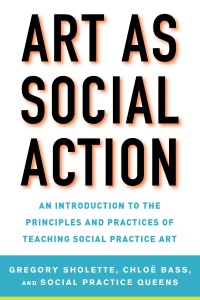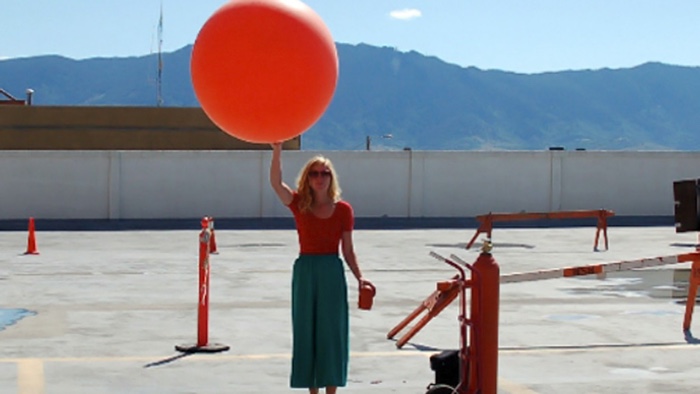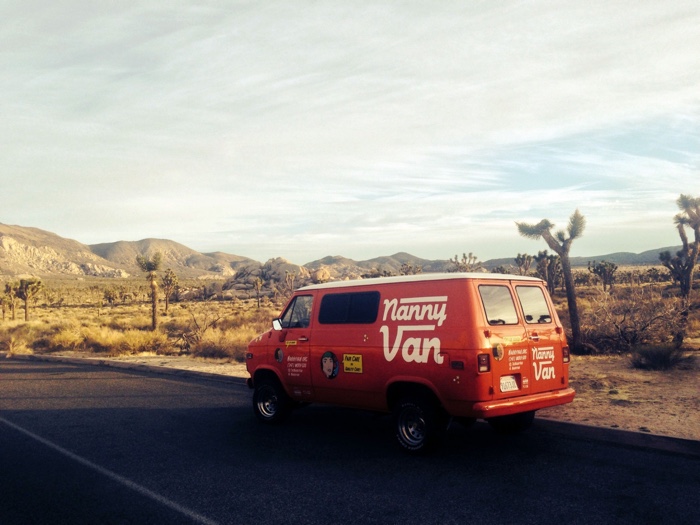Art as Social Action. An Introduction to the Principles and Practices of Teaching Social Practice Art, edited by Gregory Sholette, Chloë Bass and Social Practice Queens.
On amazon UK and USA. Table of contents.
 Publisher Allworth Press writes: Art as Social Action is both a general introduction to and an illustrated, practical textbook for the field of social practice, an art medium that has been gaining popularity in the public sphere. With content arranged thematically around such topics as direct action, alternative organizing, urban imaginaries, anti-bias work, and collective learning, among others, Art as Social Action is a comprehensive manual for teachers about how to teach art as social practice.
Publisher Allworth Press writes: Art as Social Action is both a general introduction to and an illustrated, practical textbook for the field of social practice, an art medium that has been gaining popularity in the public sphere. With content arranged thematically around such topics as direct action, alternative organizing, urban imaginaries, anti-bias work, and collective learning, among others, Art as Social Action is a comprehensive manual for teachers about how to teach art as social practice.
Along with a series of introductions by leading social practice artists in the field, valuable lesson plans offer examples of pedagogical projects for instructors at both college and high school levels with contributions written by prominent social practice artists, teachers, and thinkers.

Public Lab, Balloon mapping, a DIY tool for gathering visual information about a site that is difficult to access physically, whether the site be toxic, watery, fenced, or patrolled. Photo
Art as Social Action is not your typical book about socially engaged art. I seem to review books about that very topic every month and this one is different. It is a collection of texts by teachers who, together with their art students, look for creative ways to enter in a discussion with society outside the classroom about topics as different as labour conditions, immigrant rights or mining on sacred Native American sites. Texts by teachers who want to make works with rather than about local communities. And, hopefully, make this world a slightly fairer and kinder one.
Art as Social Action is not a manual with solutions and failproof recipes but a source of inspiration with tactics, social models and bibliographies which lessons can be experimented by other teachers and other (art or not) students into the streets. Some of the texts are concise and lively. Others feel like dry reports.
I found the interviews and essays much more enjoyable to read. Each of them is witty, engaging and though-provoking. So much so that i’m going to quote from a couple of them:
From the interview of Pablo Helguera:
“What I think is missing in social practice programs is supporting the possibility to conduct research work that is fundable. Consider a project like Marisa Jahn’s Nanny Van, which supports and defends the rights of caretakers. She gets money and support from arts organizations, but she can also go to other agencies that support her social justice agenda. So the advantage social practice has is that we don’t necessarily need to fund our projects exclusively through the art world; we can actually go to city councils and social service organizations that protect and advocate for the types of social justice issues we are interested in.”
From the interview with Steve Duncombe and Steve Lambert from the Center for Artistic Activism:
Steve Duncombe: “I am very cynical about the university as a site for radical struggle. It has amazing recuperative powers—the university can take almost anything radical: feminism, class analysis, critical race theory, and just turn it into a seminar.”
From Gregory Sholette‘s concluding essay:
“Ultimately, therefore, what most differentiates SEAE from other modes of artistic learning, and most other forms of pedagogy, is the degree to which normative boundaries separating the type of learning that takes place in a school, and that which happens outside, in the real world, are not merely blurred, but aggressively, even gleefully, deconstructed.”

Marisa Morán Jahn, The Nanny Van (a mobile design lab and sound studio that promotes domestic workers’ labor rights across the USA)
Last few comments:
– this is one of those (still too) rare books in which the majority of contributors are not white male artists and thinkers from ‘western’ countries;
– I wish there had been more texts dealing with online tools and tactics for socially-engaged art;
– I’s recommend this book to practitioners of socially engaged art. Anyone else (no matter how interested you think you are in socially-engaged artistic practices) might find it less rewarding.
